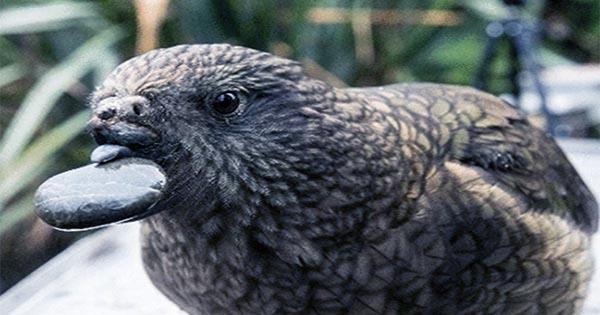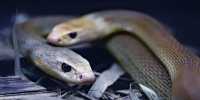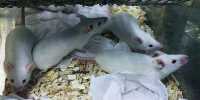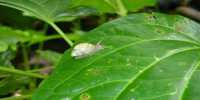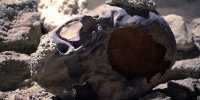For avian intelligence, it’s been a huge week. We’ve recently been enthralled by films of cockatoos using silverware and an Australian duck named Ripper that appears to have learned to speak. Now word a disabled kea who has adapted to their differences by including self-care items into their daily routine. Bruce, the brilliant bird in question, was discovered with the top half of his beak gone. Because he can’t gnaw into his feathers to clean them as birds do, Bruce has learned to preen his feathers with rocks and other materials, ensuring that his peculiar beak doesn’t leave him looking unkempt.
This breaking news report was published in Scientific Reports and is the first evidence of a kea using a tool for self-care, according to the authors. It revolves around Bruce, a crippled kea (Nestor notabilis) who lives in the Willowbank Wildlife Reserve in Christchurch and is led by academics from the University of Auckland in New Zealand. While pet parrots have been documented to use tools, such behavior in wild animals is uncommon, and while Bruce is presently confined in a reserve, his actions were developed outside of captivity.
Keas are known to be intelligent animals, and their love of damage has led to the construction of bird gyms in parts of New Zealand in an attempt to keep them occupied. They can estimate mathematical probabilities based on activities most likely to win those treats — a capability previously considered to be exclusive to primates – and they can laugh contagiously. In a statement, candidate Amalia Bastos from the University’s School of Psychology said, “Kea do not often display tool usage in the wild, so to have an individual create a tool to use in reaction to his disability indicates significant flexibility in their intelligence.” “They have the ability to adapt and address new difficulties as they arise.”
Bruce’s origin story is unknown; however, he was discovered by researchers in New Zealand’s Arthur’s Pass in 2013 with the top part of his beak missing. It’s probable that the damage was caused by a run-in with a pest trap, as New Zealand continues to fight invasive species like possums that endanger ground-dwelling birds like the kiwi, the country’s national treasure. Bruce was given soft foods so he wouldn’t have to struggle, but he was seen eating hard things anyway, breaking them apart with objects instead of his top beak. By holding objects between his tongue and lower beak, he was able to use a wide range of objects over time.
Then, in 2019, it was discovered that Bruce used tools not only for feeding but also for self-care, as he included a pebble in his preening regimen.
“The stones he collected were distinct from those collected by another kea; they were always of a certain size,” Bastos explained. “This indicates a deliberate act: to discover a technique to preen without using the upper portion of his beak.”
